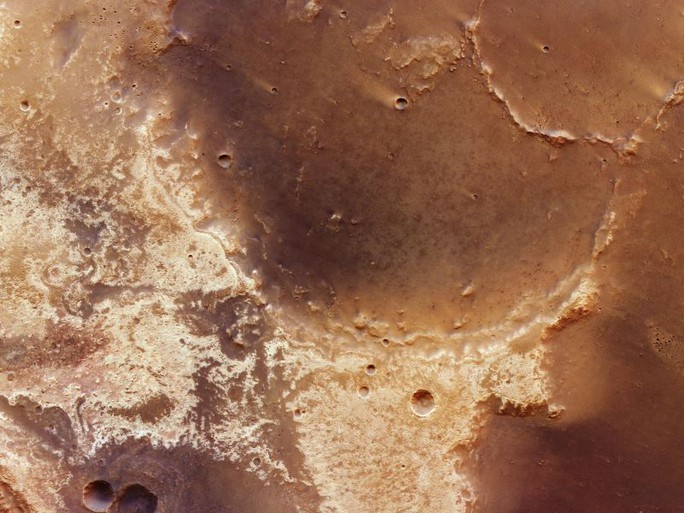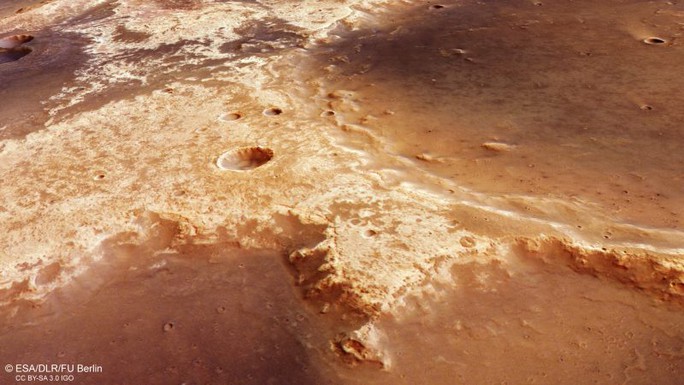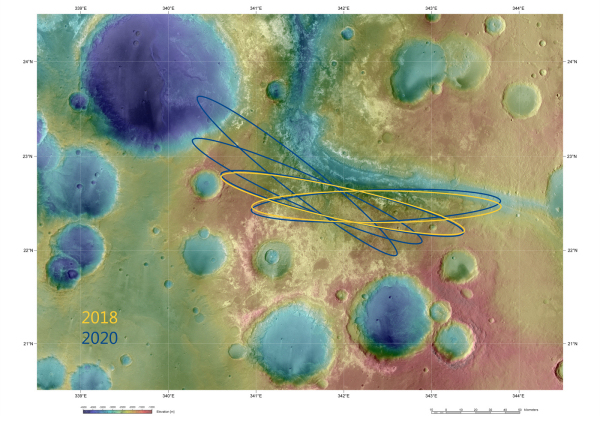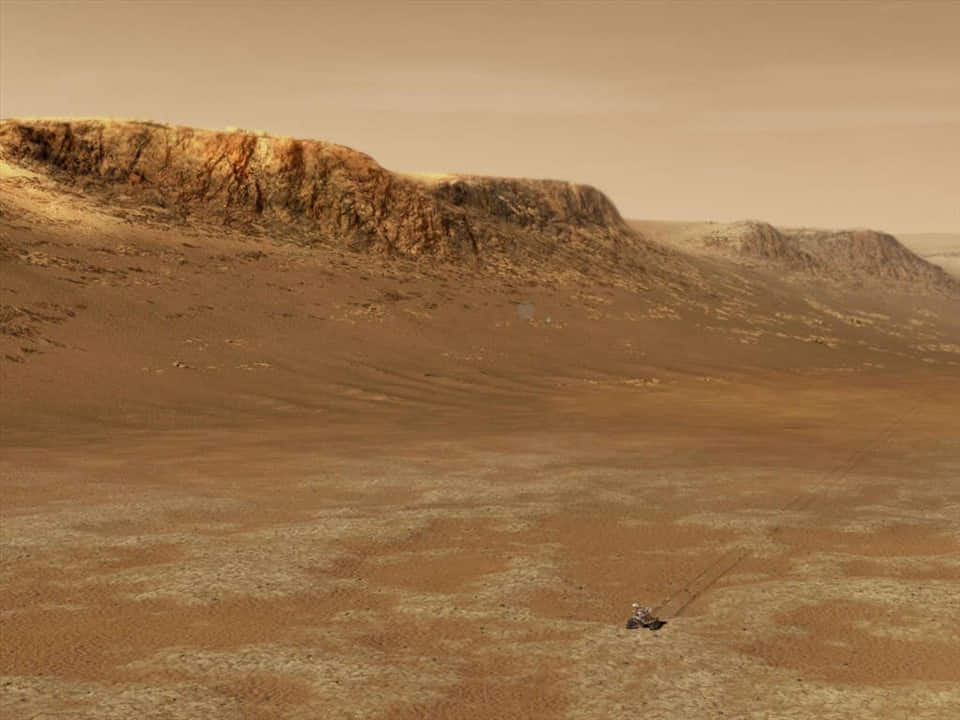Images from the Mars Express spacecraft of an alien land called Mawrth Vallis raise hopes of finding fossils or even contemporary life.

Mawrth Vallis is a valley slightly north of the Martian equator, located between the older, more weathered southern highlands and the northern lowlands of Mars.
Mawrth Vallis began to attract the attention of the European Space Agency (ESA) when data collected by the Mars Express spacecraft revealed that the area contained many clay minerals, including iron, magnesium and aluminum. These are things that absolutely require water to form.
The terrain of the area also has many structures stretching from high to low in the South – North direction, showing that water streams once flowed through.

ESA scientists confirm that at least Mawrth Vallis must have had water about 3.6 billion years ago
Furthermore, north of Mawrth Vallis lies the Chryse Planitia region, where the planet’s northern lowlands begin. Scientists have found several ancient basins spanning hundreds of kilometers buried in Chryse Planitia.
The above findings are said to be evidence of an ancient “green Mars” with a large system of rivers and seas, almost similar to Earth at the same period.
Mars is a planet in the “habitable zone” of the solar system, similar to Venus and Earth.
According to the hypotheses that NASA, ESA… support, all three planets may have been born together as habitable worlds, similar to triplets, only slightly different in size.
Although unfortunate evolution has caused Venus and Mars to become the theoretically dead planets they are today, it is very possible that they once had life. Some creatures are still lurking somewhere to this day.
However, ESA still believes that Mawrth Vallis is the leading promised land for the search for alien fossils, or more fortunately, “something” alive.
Some other images of the “valley of life”:










